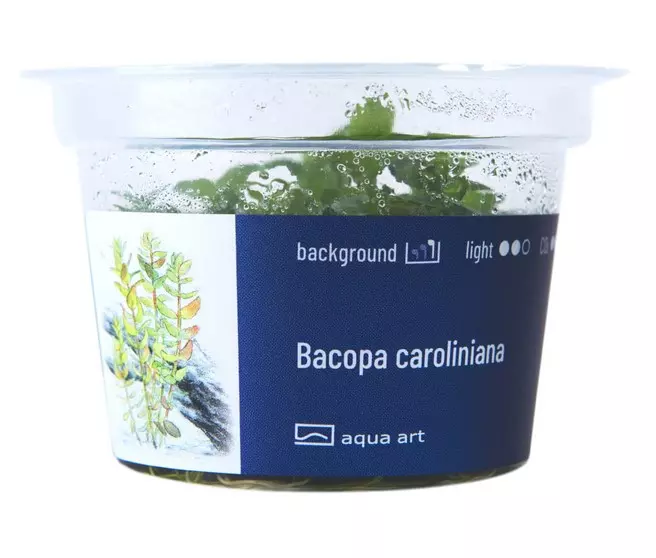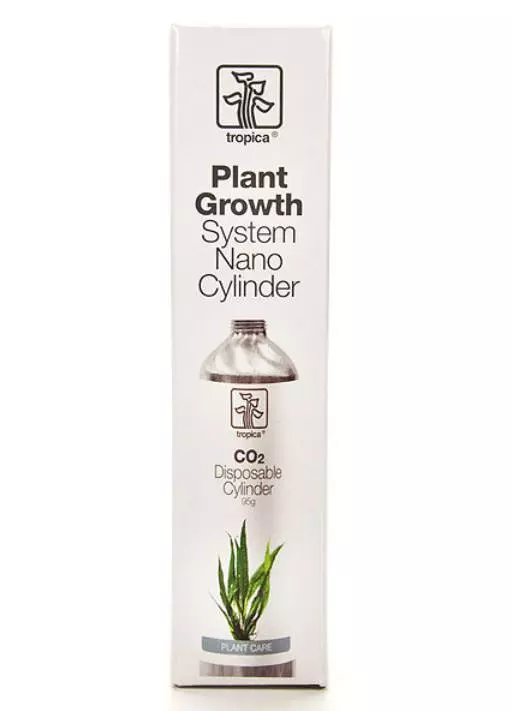







CHF 6.50
Stock: 1
Available, delivery time: 1-3 days

Bacopa Caroliniana
Bacopa Caroliniana is a green stem plant for the second and third floors of the aquarium. It is a slow growing plant with few requirements. Ideal for aquariums with little technology.
- Difficulty of growing: easy
- Light requirements: medium
- CO₂ requirements: medium
- Outgrown plant height: up to 40 cm
- Growth: slow
- Temperature: 24-25°C
- Placement in aquarium: Second and third tiers
- Origin: North America
- Cup diameter: 6 cm
Bacopa Caroliniana is an extremely decorative green plant with a thick stem overgrown by ovate leaves, which face each other in two whorls. It grows up to 40 cm tall, making it ideal for the third level of an aquarium.
In nature it grows in the swamps of North America. Bacopa Caroliniana is perfect for aquariums with low technology. It does not require excessively strong lighting, about 0.6 W/l is sufficient. In addition to its low light requirements, it also does not need intensive CO₂ fertilization. With fertilization accelerates the growth that, unlike other plants, is rather slow.
If it is regularly pruned, it is suitable not only for the third, but also for the second level of the aquarium. Cut stems can be planted in the substrate to compact the pile.
Additional fertilization with preparations containing iron has an excellent effect.
Low maintenance and slow growth rate means that the plant does not require special attention from the aquarist. Due to its delicate root system, it thrives best in a fine substrate with the addition of peat balls or substrate.The optimum temperature is 24-25 oC. A short-term drop in temperature does not affect the condition of the plant. If the temperature is too high, the growth of the plant is often stunted and the stem may die.
0 of 0 reviews
Login
Customers also bought
Similar products
Customers also viewed







.jpg)

















